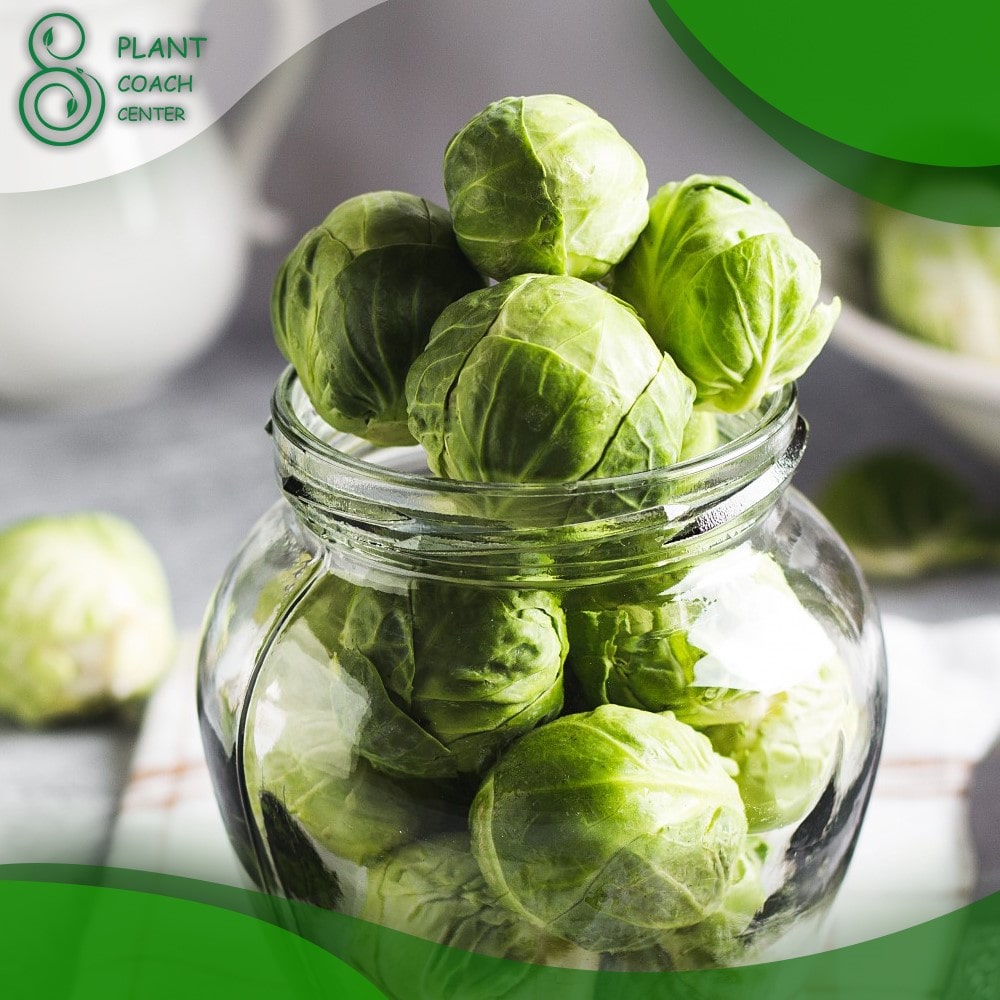When to Plant Brussels Sprouts
Introduction
PlantCoachCenter.com brings you a comprehensive guide on when to plant Brussels sprouts for Christmas. In this article, we will delve into the optimal timing, planting techniques, common problems, and expert tips to help you grow healthy and delicious Brussels sprouts for your holiday feast.
What are Brussels sprouts?
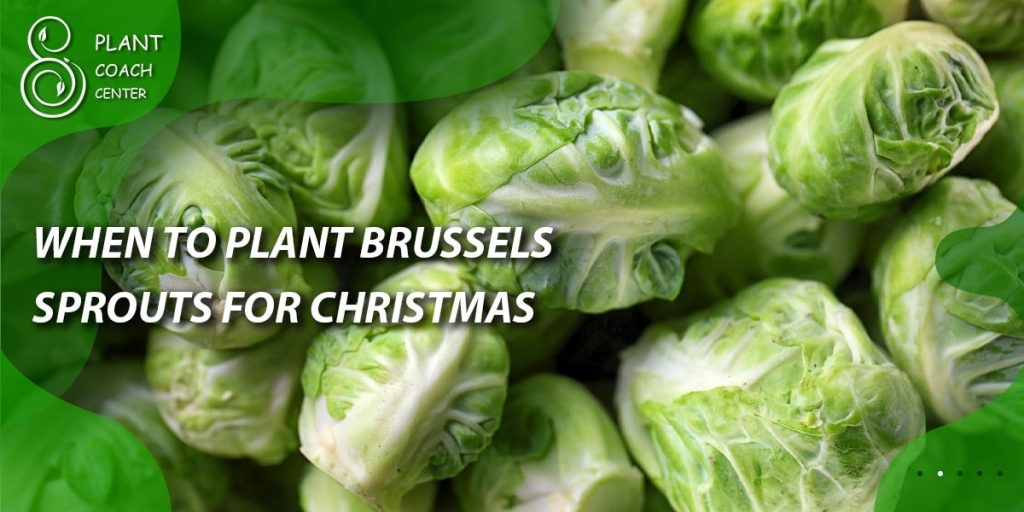
Brussels sprouts are a member of the cabbage family and are known for their small, round, cabbage-like heads that grow along the stalk. They are a cool-season crop and are usually harvested in late fall or early winter.
Brussels sprouts are packed with nutrients and offer several health benefits. They are an excellent source of vitamins C and K, folate, fiber, and antioxidants. Consuming Brussels sprouts can support immune function, promote healthy digestion, and provide anti-inflammatory properties.
Growing Brussels sprouts for Christmas allows you to have a fresh, homegrown vegetable on your holiday table. They add a unique flavor and texture to festive dishes and can be a rewarding addition to your winter garden.
Planning Your Brussels Sprouts Timeline
Counting backward from Christmas
To determine the ideal planting time for Brussels sprouts, count backward from Christmas using the average days to maturity for the specific variety you are growing. This will give you an estimate of when to start planting or transplanting the seedlings.
Determining the growth duration
Different Brussels sprouts varieties have varying growth durations. Check the seed packet or consult reliable gardening resources to find the estimated days to maturity for the specific variety you intend to grow. This information will help you plan your planting timeline more accurately.
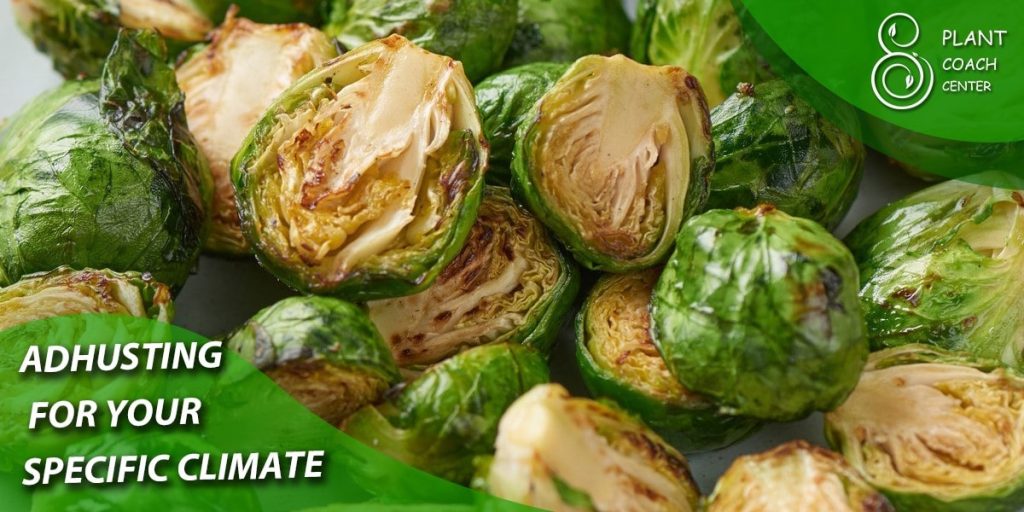
Adjusting for your specific climate
Consider your local climate conditions when planning your Brussels sprouts timeline. If you live in an area with a shorter growing season or harsh winters, you may need to start your seeds indoors or choose faster-maturing varieties to ensure a successful harvest in time for Christmas.
Seed Selection and Preparation
Choosing the right Brussels sprouts varieties
Selecting the right Brussels sprouts variety is crucial for successful planting. Look for varieties that are specifically recommended for your climate. Some popular varieties include ‘Long Island Improved,’ ‘Jade Cross,’ and ‘Diablo.’
Preparing seeds for optimal germination
Before sowing your Brussels sprouts seeds, it’s beneficial to give them a head start by pre-soaking them in water for a few hours. This helps to soften the seed coat and improve germination rates. Alternatively, you can also use a seedling heat mat to provide bottom heat, which aids in germination.
Starting seeds indoors or direct sowing
Depending on your climate and the length of your growing season, you can start Brussels sprouts seeds indoors 6-8 weeks before the last expected frost date. Use seed trays or pots filled with a seed-starting mix and provide adequate light and moisture. Alternatively, in milder climates, you can sow the seeds directly into the garden.
Soil Preparation and Planting Techniques
Soil requirements for Brussels sprouts
Brussels sprouts thrive in well-drained, fertile soil that is rich in organic matter. Amend the soil with compost or well-rotted manure before planting to ensure proper nutrition and moisture retention.
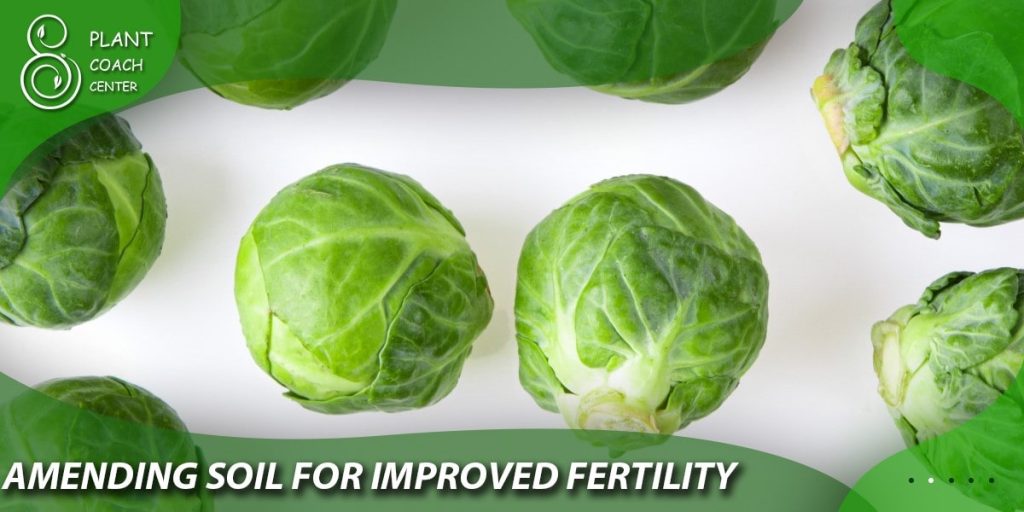
Amending soil for improved fertility
In addition to organic matter, Brussels sprouts benefit from a pH level between 6.0 and 7.5. Conduct a soil test to determine the pH of your garden soil and make adjustments if necessary. Adding lime to raise the pH or sulfur to lower it can create an optimal growing environment for Brussels sprouts.
Planting depth and spacing guidelines
When transplanting Brussels sprouts seedlings, dig holes at least 18 inches apart and 12-24 inches deep, depending on the size of the transplants. Place each seedling in the hole, ensuring that the soil line is at the same level as it was in the seedling tray. Firmly tamp the soil around the base of the seedling.
Caring for Brussels Sprouts throughout the Season
Watering needs and irrigation methods
Brussels sprouts require consistent moisture throughout the growing season. Water deeply and regularly, aiming for around 1-1.5 inches of water per week. Avoid overwatering, as it can lead to root rot. Drip irrigation or soaker hoses are effective methods to provide consistent moisture without wetting the foliage.
Providing adequate sunlight
Brussels sprouts thrive in full sun, which is defined as a minimum of six hours of direct sunlight per day. Ensure that your Brussels sprouts plants are not shaded by taller crops or structures. Sufficient sunlight exposure promotes healthy growth and encourages the development of flavorful sprouts.
Nutrient requirements and fertilization
Brussels sprouts are heavy feeders and require regular fertilization to support their growth. Prior to planting, incorporate a balanced fertilizer into the soil. Once the plants are established, side-dress them with nitrogen-rich fertilizer every 3-4 weeks. Alternatively, you can use organic amendments like compost or well-rotted manure.
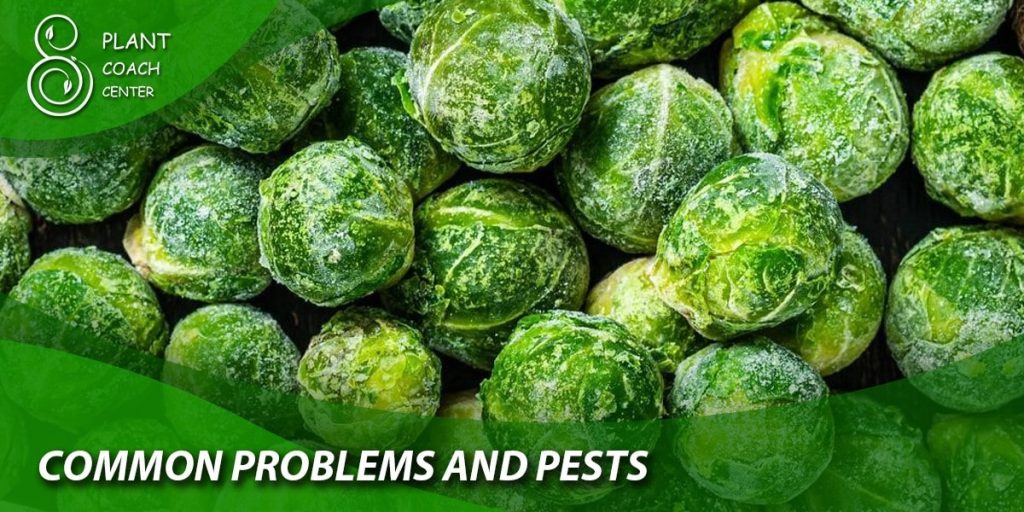
Common Problems and Pests
Identifying and managing common pests
Brussels sprouts can be susceptible to pests such as aphids, cabbage worms, cabbage loopers, and flea beetles. Regularly inspect your plants for signs of infestation, such as chewed leaves or small green worms. Use organic pest control methods like handpicking, introducing beneficial insects, or using insecticidal soaps or neem oil.
Preventing diseases in Brussels sprouts
Brussels sprouts can be prone to diseases such as clubroot, black rot, and powdery mildew. To prevent these diseases, practice crop rotation, sanitize garden tools, and remove and destroy infected plant material. Ensure proper air circulation by providing adequate spacing between plants.
Troubleshooting common issues
Brussels sprouts may encounter common issues like yellowing leaves, stunted growth, or poor sprout development. These problems can be caused by nutrient deficiencies, overwatering, or improper planting techniques. Address these issues by adjusting watering practices, providing appropriate fertilizer, and ensuring proper planting depth.
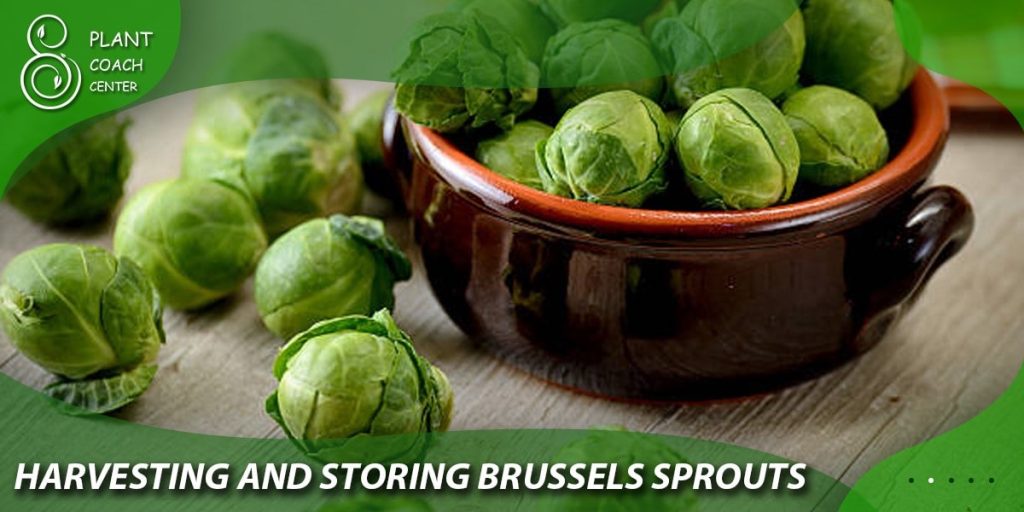
Harvesting and Storing Brussels Sprouts
Determining when Brussels sprouts are ready
Brussels sprouts are typically ready for harvest around 90-110 days after transplanting. The sprouts should be firm, green, and about 1-2 inches in diameter. Start harvesting from the bottom of the stalk, picking the larger, more mature sprouts first, and allow the smaller ones to continue growing.
Harvesting techniques for optimal flavor
To harvest Brussels sprouts, firmly hold the stalk and twist the sprout until it breaks away from the plant. Alternatively, you can use a sharp knife or pruning shears to cut the sprouts off. Remove any yellowing or damaged leaves. Freshly harvested Brussels sprouts have the best flavor, so use them as soon as possible.
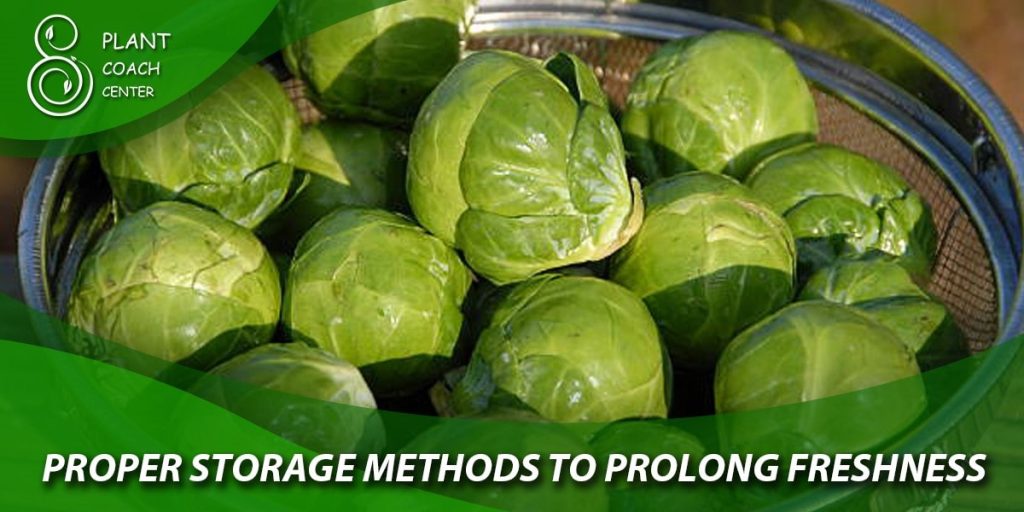
Proper storage methods to prolong freshness
If you have more Brussels sprouts than you can use immediately, you can store them in the refrigerator. Keep them unwashed in a perforated plastic bag or loosely wrapped in a damp paper towel for up to two weeks. Alternatively, blanch and freeze Brussels sprouts to enjoy them for an extended period.
Conclusion
By following the guidelines provided by PlantCoachCenter.com, you can successfully grow Brussels sprouts to grace your holiday table. Remember, timing is crucial when it comes to planting Brussels sprouts for Christmas, and with the right techniques and care, you’ll be rewarded with a bountiful harvest of delicious sprouts.
What is the ideal time to start indoor Brussels sprouts seedlings?
Indoor Brussels sprouts seedlings should be started about 6-8 weeks before the last expected frost date in your area.
Can Brussels sprouts withstand frost?
Brussels sprouts are cold-tolerant and can withstand light frosts, which can even enhance their flavor.
How long does it take for Brussels sprouts to mature?
Brussels sprouts typically take around 90-110 days to mature from the time of transplanting.
What are the common pests that affect Brussels sprouts?
Common pests that can affect Brussels sprouts include aphids, cabbage worms, cabbage loopers, and flea beetles.
Are there alternative methods to control pests organically?
Yes, organic pest control methods for Brussels sprouts include introducing beneficial insects like ladybugs, using insecticidal soaps or neem oil, and practicing crop rotation.
Can I grow Brussels sprouts in containers?
Yes, Brussels sprouts can be grown in large containers or pots with proper soil, adequate drainage, and sufficient sunlight. Choose compact or dwarf varieties suitable for container gardening.


